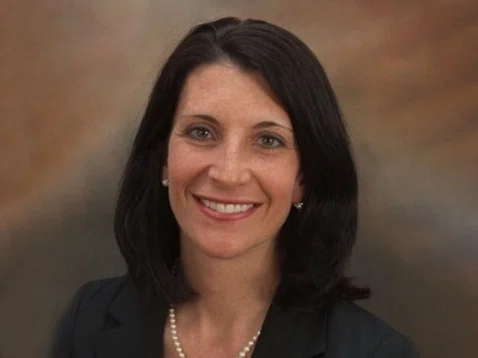© 2024. Houston Methodist, Houston, TX. All rights reserved.


In this
issue

WELCOME
NURSING SCIENCE

Implementing Evidence-Based Practice: Why is it so hard?

Clinical Grand Rounds: Implementation Science

Alarm With Care: A De-Implementation Strategy to Reduce Fall Prevention Alarm Use in US Hospitals
EDUCATION

Implementing Evidence-Based Education Initiatives: Advancing Nursing Practice

Houston Methodist Clinical Career Path: Promoting the Bedside Nurse
PRACTICE
PROFESSIONAL DEVELOPMENT
MAGNET
FROM OUR TEAMS

ABOUT DISCOVERN
PRactice
Implementation Science in Practice
The video above with Monica Harrelson is just one way to make a change. Please continue reading to see how Alisha Estay made an incredible change at Houston Methodist The Woodlands.
Houston Methodist Preventing Pressure Injuries in Critically Ill Patients
By Alisha Estay, RN, MSN, CCRN, NE-BC
By Alisha Estay, RN, MSN, CCRN, NE-BC
In 2022, Houston Methodist The Woodlands (HMTW), a 293-bed community hospital, faced a significant challenge. We witnessed increased pressure injuries housewide, particularly among critical care patients, during the difficult period of COVID-19. In response, our pressure injury committee scrutinized our resources, pressure injury education and audit process. This ensured we left no stone unturned in our efforts to reduce pressure injuries. The committee conducted a comprehensive gap analysis, outlining detailed plans for each item and setting deadlines for their achievement. These plans were then presented to the executive leadership team, highlighting our commitment and dedication.
To be successful and maintain sustainability, the committee needed more accountability from the bedside registered nurses (RNs) and patient care assistants (PCAs) that represent clinical units, along with forming a multidisciplinary approach to tackle the reduction of pressure injuries. The Pressure Injury Prevention Council utilized the Plan-Do-Study-Act (PDSA) cycle to implement the following interventions. Interventions included developing a wound care algorithm to guide nurses on the course of action for skin breakdown. The organization increased the number of RNs who completed the Wound Treatment Associate (WTA) program and identified two to three skin champions per clinical unit. The wound care team educated approximately 200 RNs and PCAs. Respiratory therapy provided product education on preventing medical device-related pressure injuries. Other implemented items included the EPIC smart phrase to standardize nursing documentation and the monthly “HAPI Hour” newsletter highlighting best practices and improvement opportunities. Units also created turn teams to meet their unit needs. The WTAs performed weekly skin audits on patients with a Braden score of less than 19; if opportunities were noted, the WTAs conducted just-in-time education.
The hospital achieved remarkable results after implementing a multidisciplinary approach to pressure injury prevention. We experienced a 60% reduction in Stage 2 and above hospital-acquired pressure injuries in 2023 compared to 2022. Notably, there were no state-reportable pressure injuries in 2023. This success is a testament to our collective efforts and commitment. In June, the Pressure Injury Prevention Council will present its results at WOCNext, the annual event hosted by the Wound, Ostomy, and Continence Nurses Society. Future implications include identifying gaps in education, performing Hospital Acquired Pressure Injury (HAPI) debriefs on future pressure injuries, and trialing thermal imaging to detect skin injuries in patients in the acute care and critical care setting.









